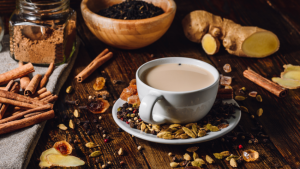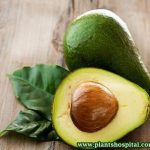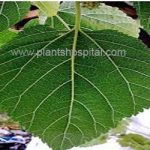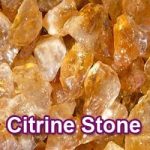Table of Contents
Top 7 Health Benefits Of Chamomile Tea
The use of chamomile for medicinal purposes in the traditional system of medicine is mostly guided by the pharmacopeias.
The pharmacopeias are authoritative texts that specify how to identify the correct plant, which plant part is to be used, what physical and chemical qualities of the drug are required, and how the drug formulations should be prepared and administered to the patient.
These specifications ensure that the drug is effective. In addition to the pharmacopeias, there are other authoritative texts such as compendiums and monographs that guide the effective formulations and use of chamomile.
The flowers used as whole flowers or extracts in alcohol or water are made from the dried flowers.
The essential oil of the flower is also used. The whole flowers are used as teas, tinctures, tablets, and compresses.
The guidelines in many of the pharmacopeias specify that the flowers used for medicinal purposes should have a minimum of 0.4% volatile oil content (Schilcher 2005a).
The hydroalcoholic extracts of the flowers and the hydro distilled essential oils are used in creams, lotions, and aromatherapy. The teas, tinctures, and extracts are prepared according to prescribed specifications.
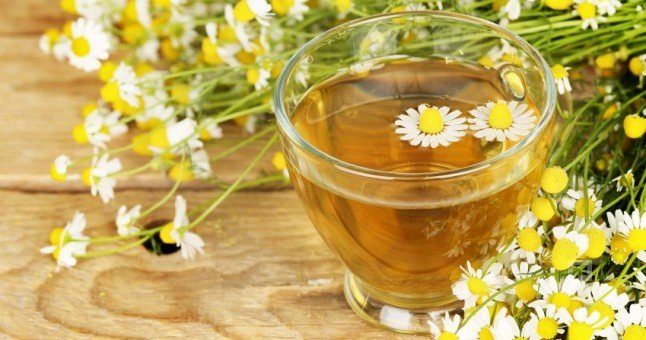
Gastrointestinal Tract Spasms and Irritation
It should be considered whenever the GI tract is either cramping or irritated due to anxiety or stress. Chamomile also heals and calms the GI tract following a bout of diarrhea.
Use chamomile as a supportive treatment in the following conditions:
- Irritable bowel syndrome,
- Indigestion,
- Infant colic,
- Gastritis,
- Peptic ulcer disease,
- Cramping secondary to diarrhea,
- Spastic colon.
One study found that a tea that combined chamomile, vervain, licorice, fennel, and lemon balm was effective in relieving colic in infants more effectively than a placebo tea.
The dose of tea used in the study was approximately 1/2 cup (150 milliliters) given during each colic episode for a maximum of three times per day.
Remember that inflammatory conditions of the GI tract, such as ulcers, Crohn’s disease, and ulcerative colitis, can also lead to bleeding and possible anemia.
While chamomile may help in the long-term management of these serious conditions, it should not be thought of as a substitute for proper medical monitoring and more aggressive short-term therapies.
Chamomile can be used as part of a program to keep your GI tract well. In addition to helping maintain normal GI tone, it also stimulates normal digestion.
Mouth Irritations and Gum Disease
Because of its soothing effect on mucous membranes (the area lining the inside of your mouth and GI tract) and healing properties, chamomile is also useful for the treatment of canker sores and other irritations or sores inside the mouth.
The added chamomile of antibacterial activity by the essential oil constituents makes it potentially valuable in the treatment and prevention of gum diseases such as gingivitis. The best approach here is to gargle with a strong tea several times daily.
Topical application to the gums is also useful for infants during teething. I usually recommend that parents apply a strong tea or liquid extract directly to the gums every 2 to 3 hours. Chamomile will help your child’s gums feel better and may also exert a calming effect that will help them sleep.
Skin Irritations and Eczema
It is widely used in Europe for the treatment of skin irritations. Topical chamomile creams and ointments are used to treat eczema, insect bites, and poison ivy or poison oak rashes. I find it useful in combination with calendula (marigold) ointment or cream for the treatment of diaper rash in infants.
Owing to the aforementioned wound-healing and antibacterial effects, Europeans often apply chamomile in wound dressings.
Topical use of chamomile ointment was also found to successfully treat mild stasis ulcers in elderly bed-ridden patients.
Topically, chamomile may also work well for eczema. Remember, it’s not the knockout punch some people are looking for. One study found chamomile to be about 60 percent as strong as 0.25 percent hydrocortisone when applied topically.
In a study with eczema patients previously treated with a topical anti-inflammatory (difluocortolone valerate), a topical chamomile cream was found to be about as effective as 0.25% hydrocortisone in alleviating symptoms.
Soothes Stomach Ache
Further adding onto chamomile benefits, the herb is wonderful for soothing an upset stomach. Helping to soothe and relax the muscles and lining of the intestines, chamomile can help with poor digestion and even those suffering from irritable bowel syndrome.
Anti-aging
Chamomile tea is a powerhouse of antioxidants and protects the skin from free-radical damage. It accelerates cell and tissue regeneration, helps tighten the pores and slows down the aging process.
Reducing Menstrual Pain
Several studies have linked chamomile tea to reduced severity of menstrual cramps. A 2010 study, for example, found that consuming chamomile tea for a month could reduce the pain of menstrual cramps. Women in the study also reported less anxiety and distress associated with period pain.
Treating Cold Symptoms
Anecdotal evidence and some studies suggest that inhaling steam with chamomile extract can relieve some of the symptoms of the common cold.

How To Brew Chamomile Tea? How To Make?
Chamomile tea, as described by the German Commission E monograph, is prepared by pouring 150 ml of boiling water to one heaped teaspoon (3 g) of chamomile flowers.
It is kept covered for 5–10 minutes and passed through a strainer. It has been found that the tea contains the spasm-reducing (spasmolytic) compounds the flavonoids.
The tea, however, cannot reduce internal inflammation because it has extremely low amounts of the anti-inflammatory compounds, which are mainly found in the essential oil.
The tea contains only 1%–3% of the essential oil. However, if the tea is externally applied, it reduces inflammation.
This herbal tea is probably the most well-known of all the ‘calming’ teas, particularly when it comes to relieving stress and helping us get a good night’s sleep.
A lesser-known benefit of chamomile tea is that it may lower blood sugar levels which means it might just control, or even prevent, diabetes.
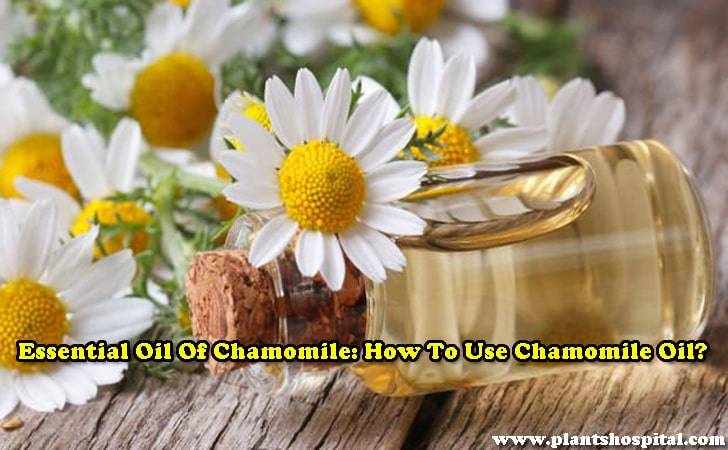
Essential Oil Of Chamomile: How To Use Chamomile Oil?
The essential oil of chamomile is present in the whole plant. However, the essential oil content is higher in the flowers than in other parts of the plant, and also has higher levels of useful compounds.
Therefore, the essential oil of the flowers is mostly used for medicinal and aromatic purposes. The essential oil of chamomile is obtained by the process of steam distillation or hydrodistillation, in which the flowers are subjected to high pressure, temperature, and steam to separate the essential oil from them.
The oil is deep blue or ink blue and has a characteristic sweet, grassy smell. It may turn green and then dark brown on oxidation and lose its therapeutic value.
At the time of distillation, it is extremely concentrated. The quality of the essential oil may differ from one variety of chamomile plants to another, but the various pharmacopeias mention that to be used for medicinal purposes, the oil content should be 0.4% in the flowers.
The oil is prone to vaporization and decomposition, and so it has to be stored carefully in dark bottles under the prescribed temperature.
Essential oils are absorbed into the body on inhalation and through the skin. The compounds penetrate the skin and enter the bloodstream and act as medicines. The essential oil of chamomile is extensively used in aromatherapy, massage, and baths.
Aromatherapy
Aromatherapy is a technique of healing where the patient is made to inhale the vapors of the essential oil.
A few drops of chamomile oil are applied on a piece of cloth or handkerchief or tissue and slowly inhaled. Sometimes a few drops of oil are added to hot water and the steam is inhaled.
This oil vapor is used extensively in aromatherapy to calm a person and reduce pain and anxiety.
Massage
A massage with oil enables the medicinal compounds to penetrate the skin and enter the bloodstream.
For massages, the chamomile oil used is diluted with other oils such as olive oil, sunflower oil, or lavender oil. The oil is gently rubbed or massaged on to the inflicted part.
Bath
In many disease conditions, a hot bath or a cold bath is given to a patient. In hot baths, warm to hot water is used and in cold baths, cold water or ice is used.
A few drops of chamomile essential oil are added for healing purposes. Sometimes whole chamomile flowers are put in a small bag and kept in the bath.
Compress
A compress is made by steeping a cloth or a towel in a bowl of hot (hot compress) or cold (cold compress) water.
A few drops of chamomile oil are added in the water before steeping the cloth or towel. This compress is then applied to the affected part.
How Should You Prepare Chamomile Tea at Home?
- Boil 10 ounces of water for every glass of tea you wish to prepare.
- Measure two tablespoons of chamomile blossoms that have been dried. You can also use four tablespoons of fresh chamomile flowers for each 8 ounces of water that you heat. When measuring the new or dried blossoms, you need to pack them carefully on the measuring spoon. Reduce or increase the number of chamomile flowers to water to prepare stronger or weaker tea.
- Remove your pot of water from the source of heat immediately the water starts to bubble quickly. Pour the already boiled water in a teapot and then add your chamomile blooms. Allow the blooms to steep in the hot water for about five minutes. You can increase or reduce the time for a stronger or weaker tea.
- Place a strainer in the mug or glass and then pour the chamomile tea. Your tea is ready for consumption.



